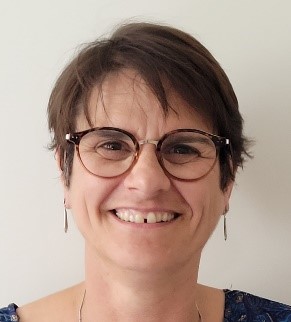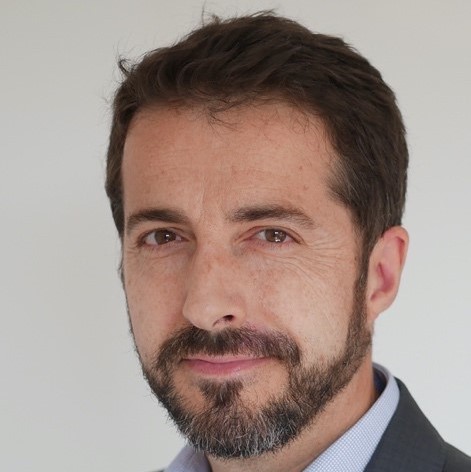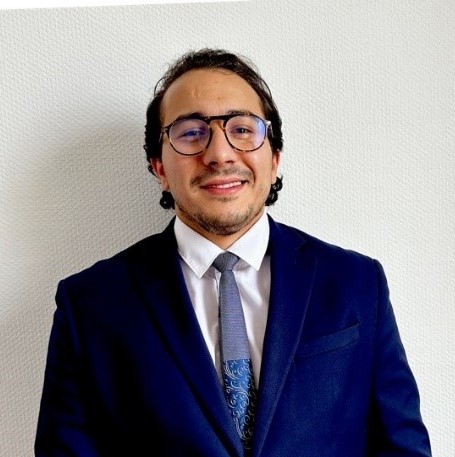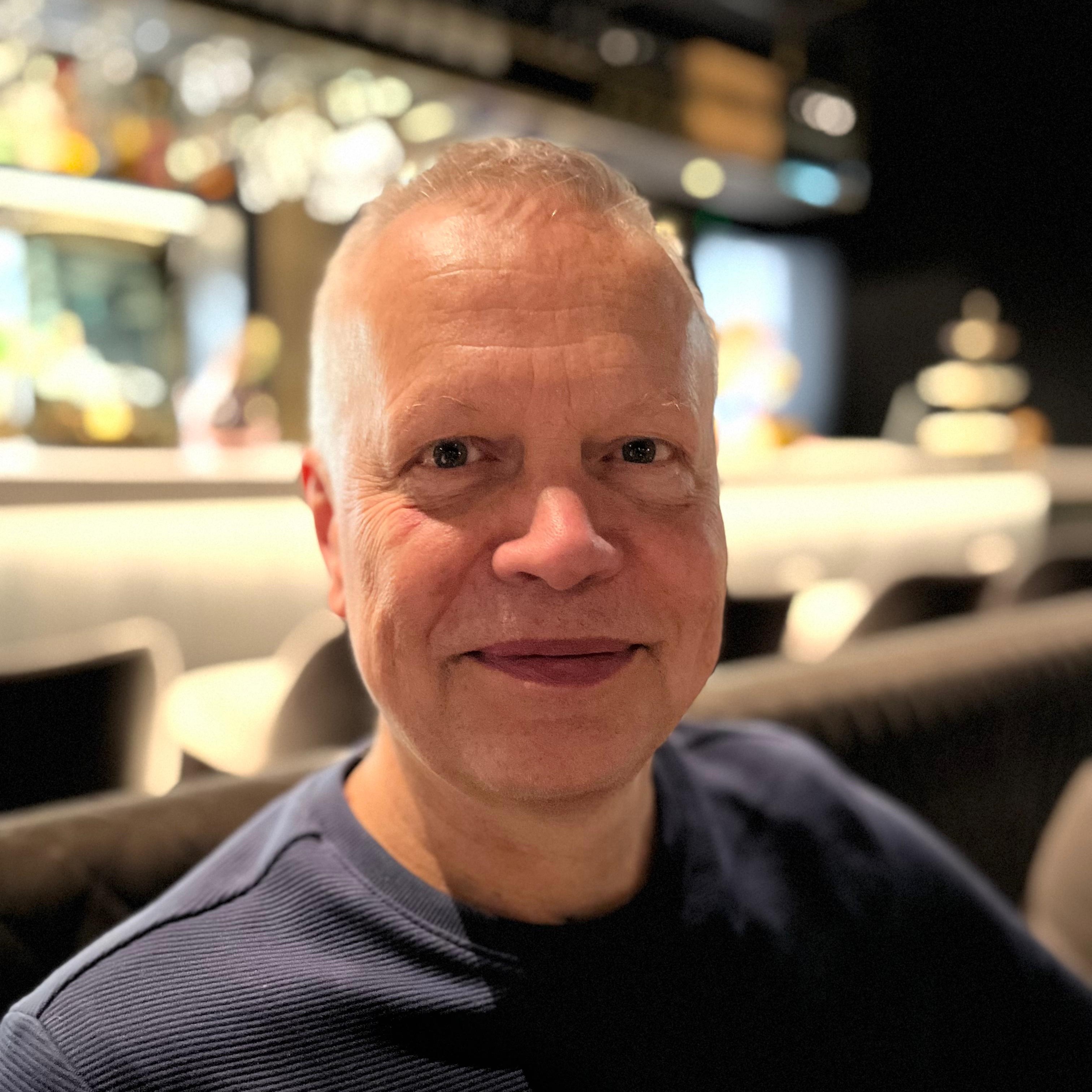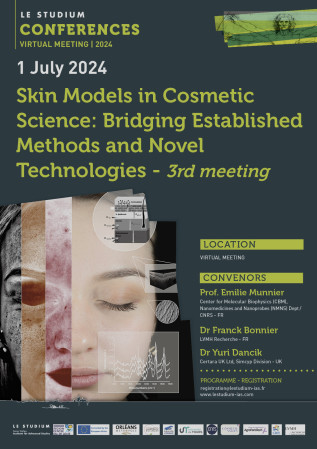THIS EVENT IS REPLACED BY A FREE VIRTUAL MEETING ON 1st OF JULY 2024
LE STUDIUM is thrilled to announce the third edition of 'Skin Models in Cosmetic Science: Bridging Established Methods and Novel Technologies,' which will be held online as a free webinar. The upcoming webinar features speakers addressing the exploration and characterization of human skin in the dermo-cosmetic field, aiming to unite global experts to unravel the complexities associated with non-invasive analysis and strengthen transversal approaches across in vitro, in vivo, and in silico methods
Navigating the intricacies of in vivo analysis remains a paramount challenge in dermo-cosmetic research. Traditional techniques often grapple with ethical considerations, individual variability, and the inherent limitations of real-time measurements. In contrast, in vitro and ex vivo models provide a more controlled environment for researchers to scrutinize specific aspects of skin physiology, offering reproducibility and precision in experimentation. By simulating the intricacies of human skin, in vitro and ex vivo models become invaluable tools for researchers seeking a deeper understanding of physiological mechanisms and/or aiming to assess overall skin health. Emerging mathematical models provide predictions that allow interpretation of these data and guide further experimentation.
The synergy between dermatology and skincare research goes beyond disorder management, contributing to studies on maintaining healthy skin. This dual impact fosters a holistic approach to skincare, where scientific advancements improve patient outcomes and empower individuals to achieve optimal skin health. The conference will act as a catalyst for collaboration, urging a harmonious alliance between academia, industry, and regulatory bodies. By forging interdisciplinary partnerships, participants can expect to expedite the translation of research findings into tangible applications. Moreover, the event will serve as a forum to explore future directions of dermo-cosmetic research, presenting a roadmap for innovative technologies, methodologies, and strategies that will shape the industry's trajectory.
The conference will offer a platform for experts to discuss and share insights on the various challenges that involve the combination of biology, biophysics, mathematics, and analytical methods for advancing skin science:
- New alternative methodologies (NAMs) and emerging analytical tools: In vitro, in chemico and in silico NAMs allow researchers to study the relationships between skin biology, skin barrier and the absorption of dermo-cosmetic topical actives. Of increasing interest in the cosmetic sciences, physiologically based pharmaco- or toxicokinetic models (PBPK or PBTK) can predict the absorption and disposition of cosmetics by integrating skin physiological data and physico-chemical data on the active and the formulation within a sound mathematical framework. They can help to interpret experimental data, guide in vitro experiments and in vivo trials and understand the impact of biological variability on product efficacy and safety.
- Advancements and strategies in optimization of reconstructed skin models for in vitro testing: Nowadays, the challenge of developing and optimizing models that accurately mirror human skin architecture has led to sophisticated 3D models, pushing the boundaries for experiments on metabolically and functionally active human skin models and improving the effectiveness of in vitro testing.
- Human skin explants to bridge the gap between in vitro and in vivo: Human skin explants remain widely used for ex vivo experimentation. Introducing the use of living skin explants further emphasizes the exploration of the dynamic properties and responses of skin tissues in conditions that mimic in vivo environments. Positioned at the intersection of in vitro and in vivo experimentation, a current challenge is to provide comprehensive results that support clinical studies by avoiding intrusive procedures to preserve the skin in its native state, thereby overcoming traditional invasive protocols.
- In vivo skin analysis, a multimodal dilemma: Efficiently gathering valuable information from the skin, whether at the surface or deeper layers, hinges on the characteristics of the chosen technique. Recent strides in topographic, tomographic, biomechanical, and chemical assessment methods represent significant progress in refining the precision and depth of in vivo skin assessment. These advancements not only enable a more comprehensive understanding of skin physiology and skin health but also open new avenues for exploring the efficacy of topical products.
- Recent innovation in approaches for dermo-cosmetic product efficacy and safety testing: Advancements in dermatological analytical tools, ranging from imaging devices to molecular diagnostics, facilitate the exploration of healthy skin; enable precise diagnosis and support the development of targeted treatments for conditions such as eczema and psoriasis. The accessibility and refinement of these technologies empower dermatologists and pharmacologists to unravel the complexities of skin health and treatment. Simultaneously, the skincare industry benefits from personalized solutions, utilizing cutting-edge methods for tailored treatments.
This international conference is organised in the framework of the COSMETOSCIENCES ARD CVL Programme.
Convenors
Prof. Emilie Munnier
Center for Molecular Biophysics (CBM), Nanomedicines and Nanoprobes (NMNS) Dept / CNRS - FR
Dr Franck Bonnier
LVMH Recherche - FR
Dr Yuri Dancik
Certara UK Ltd, Simcyp Division - UK
